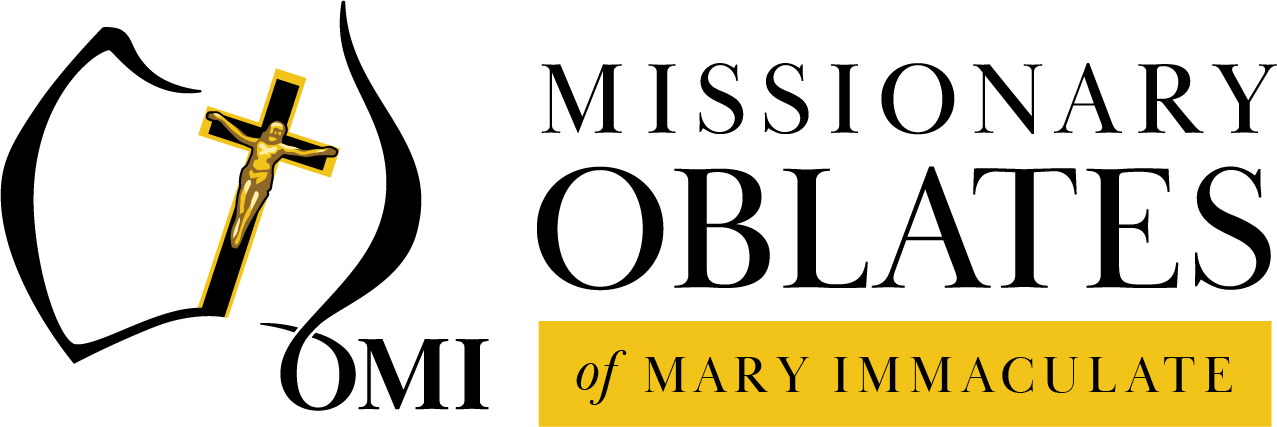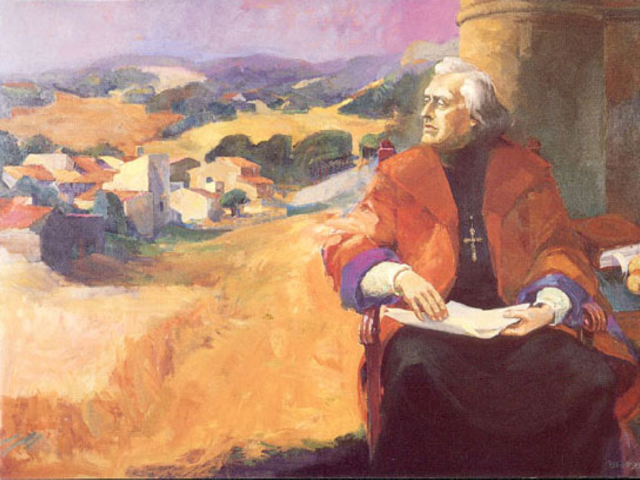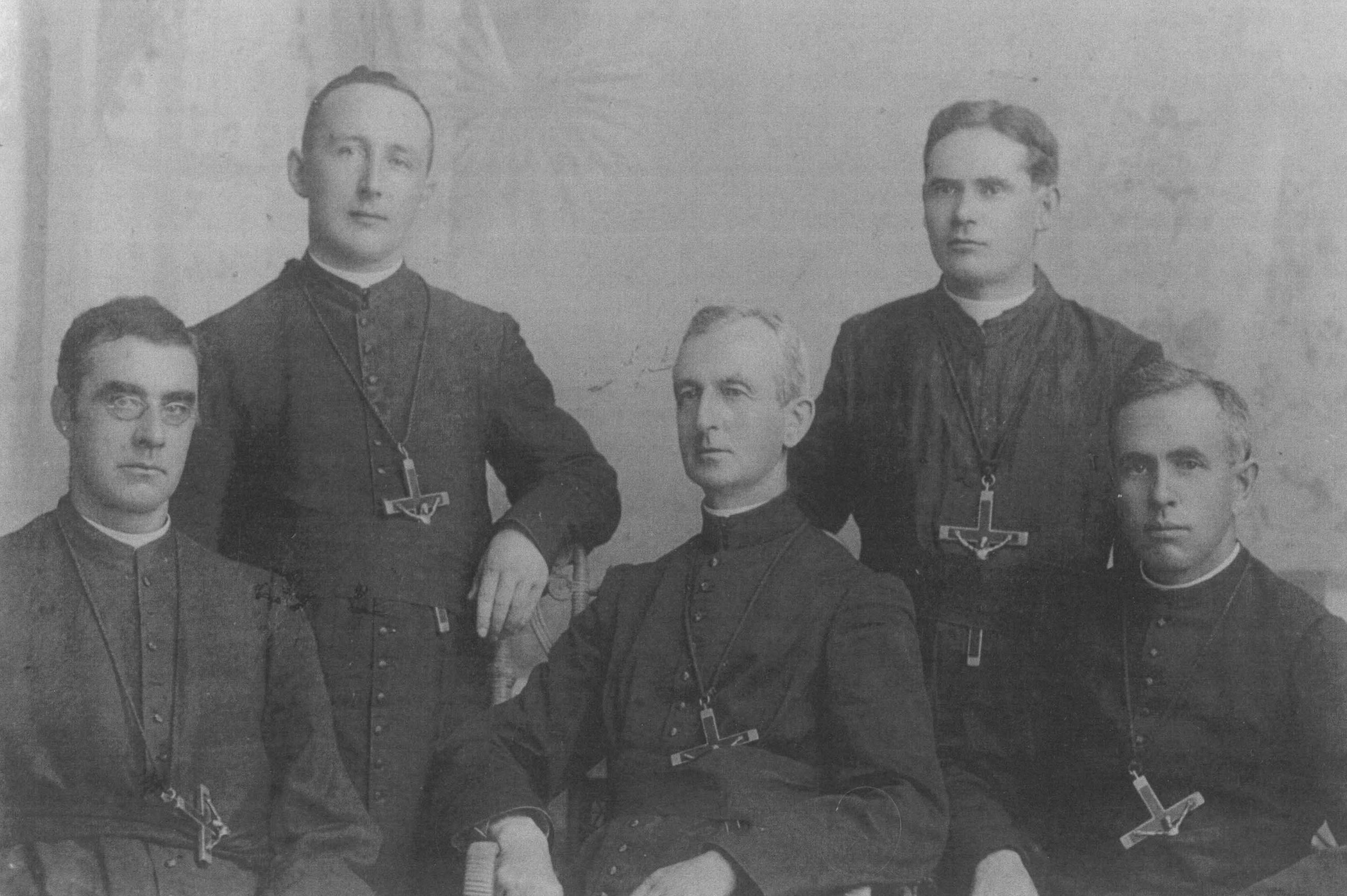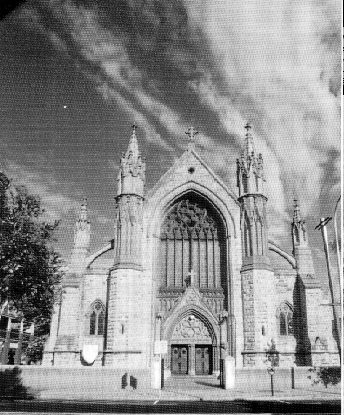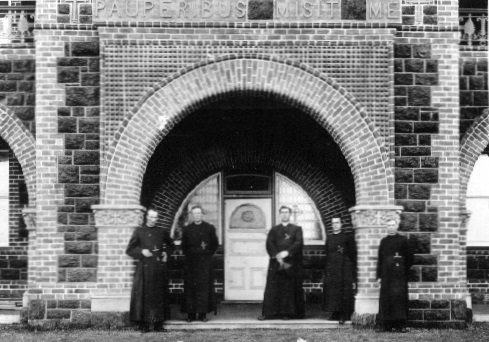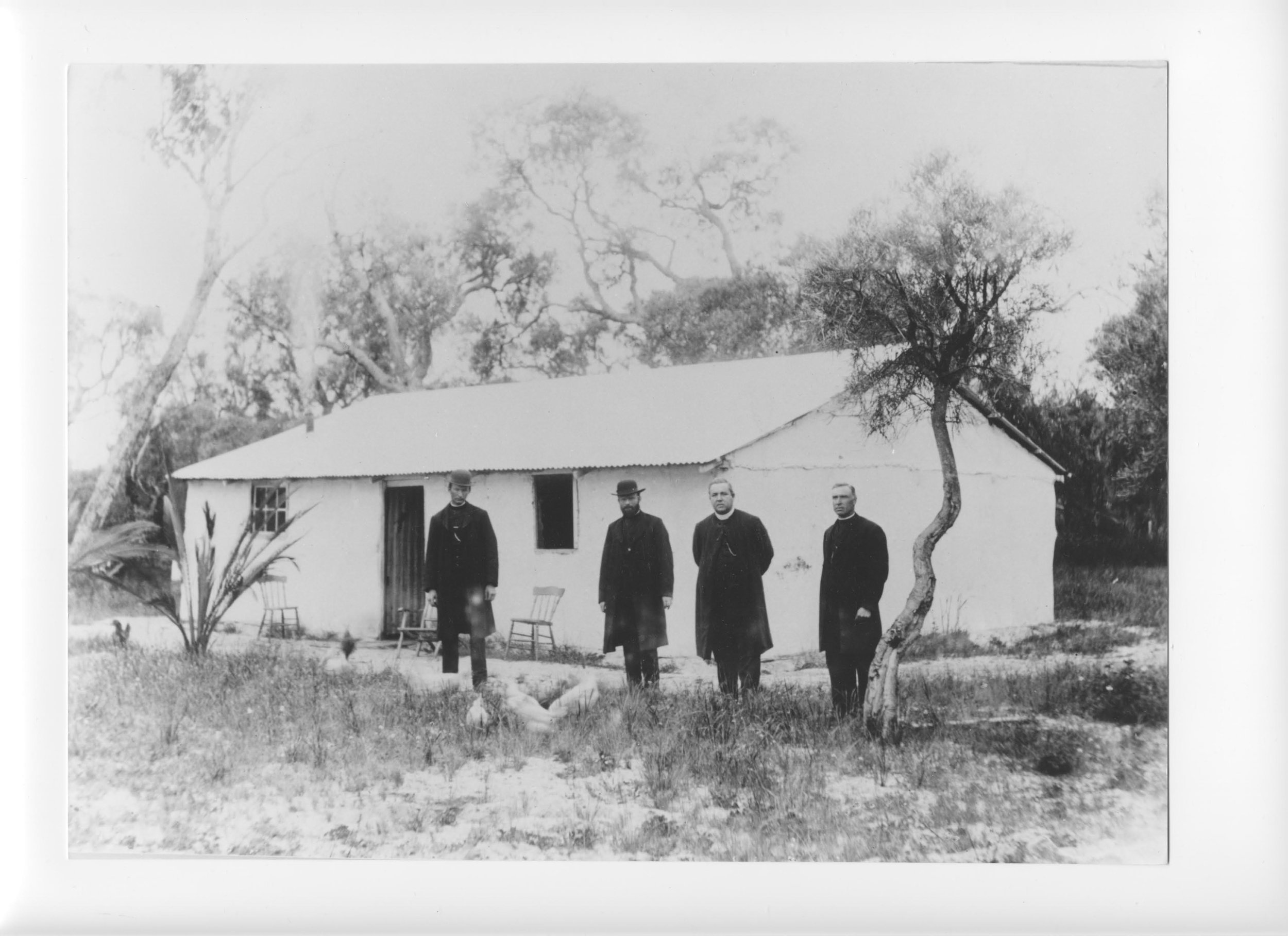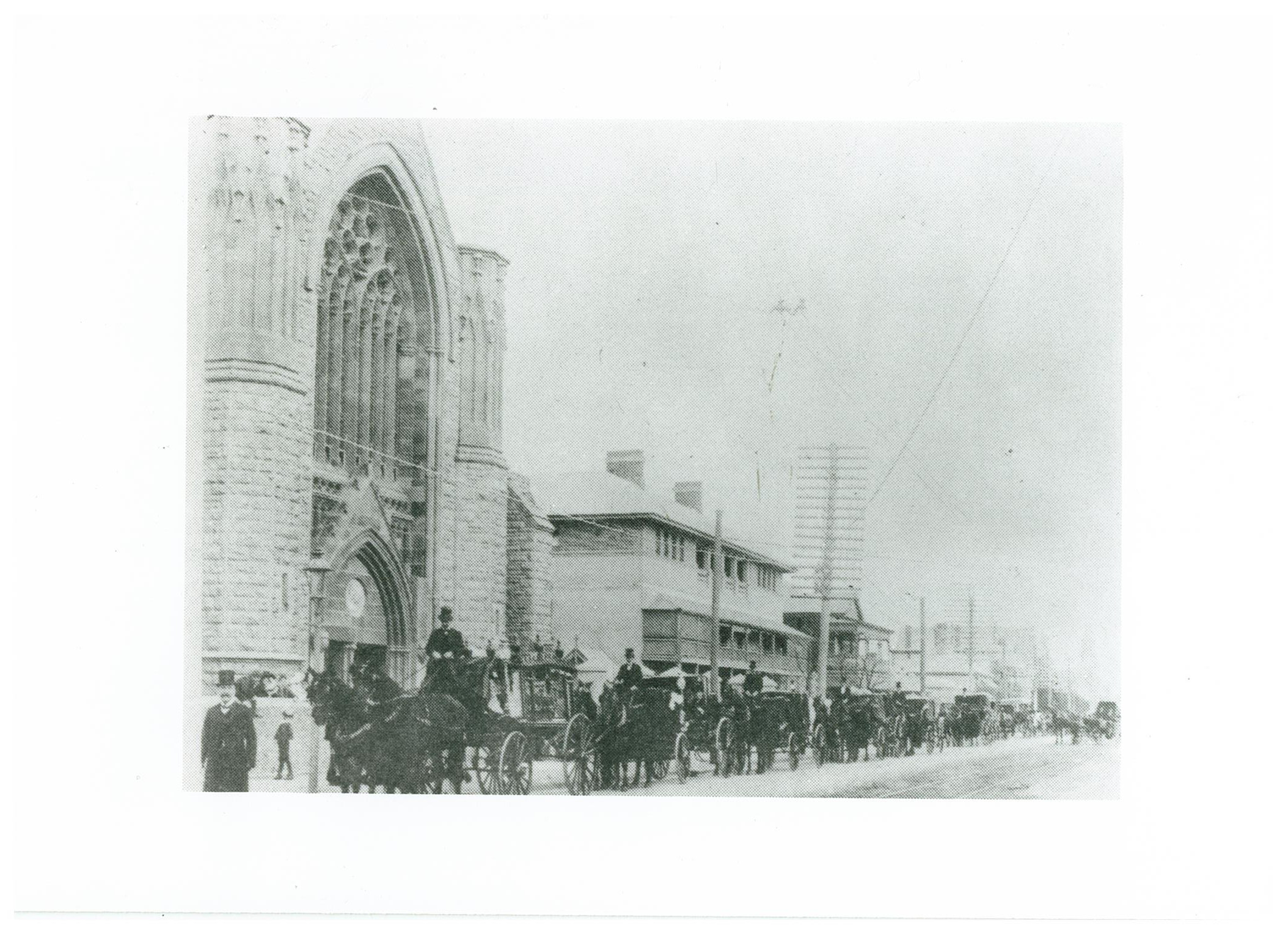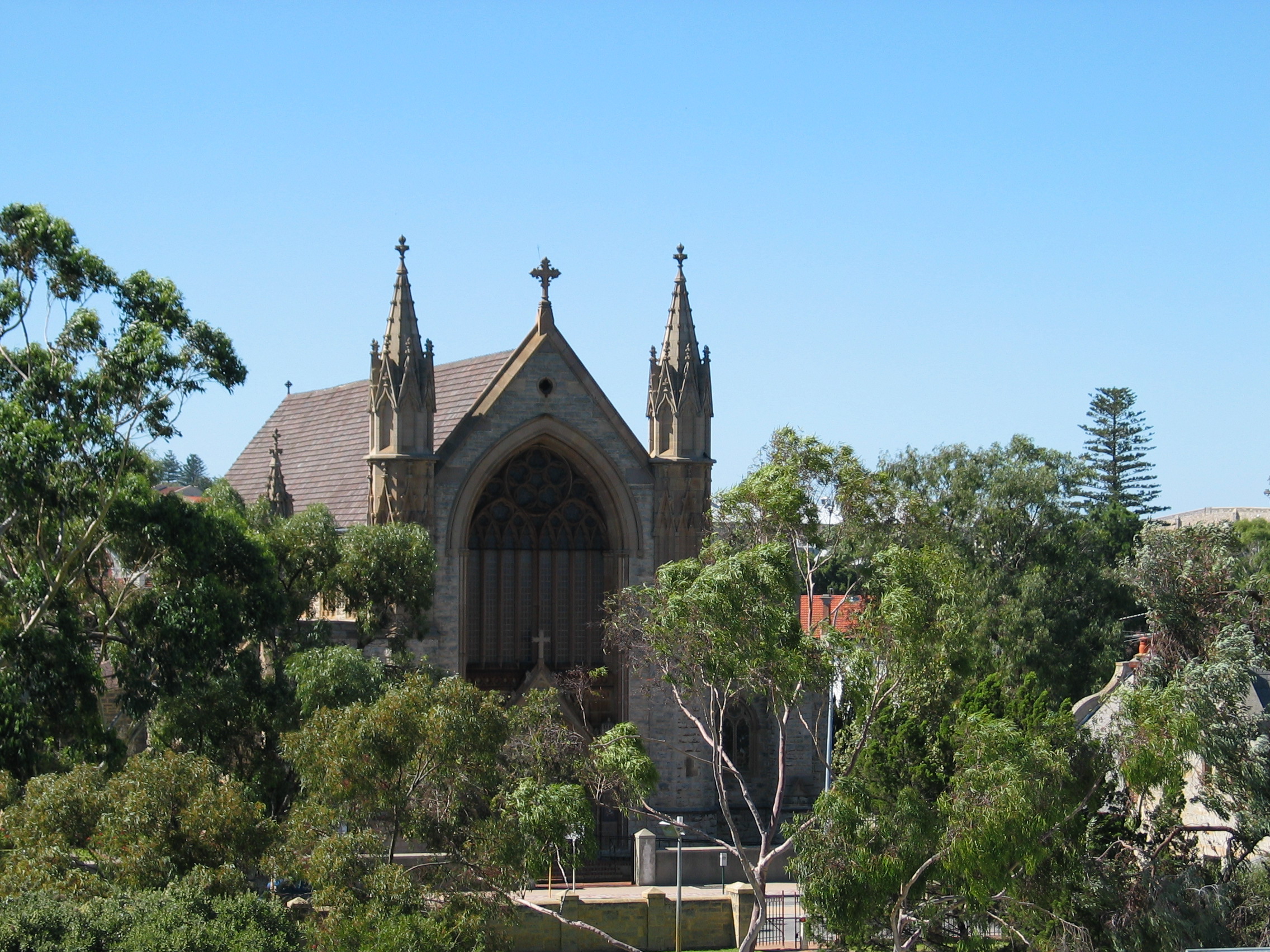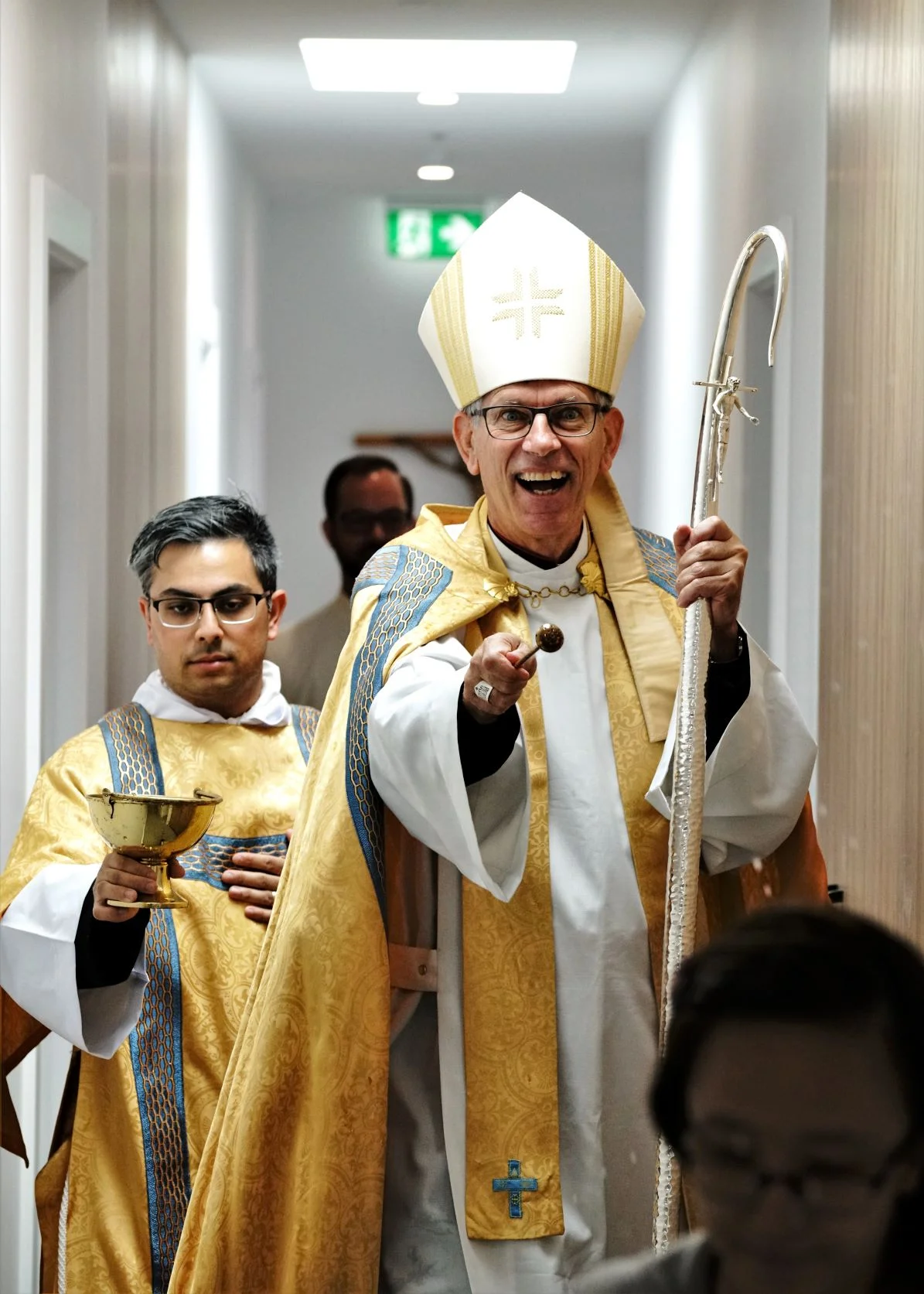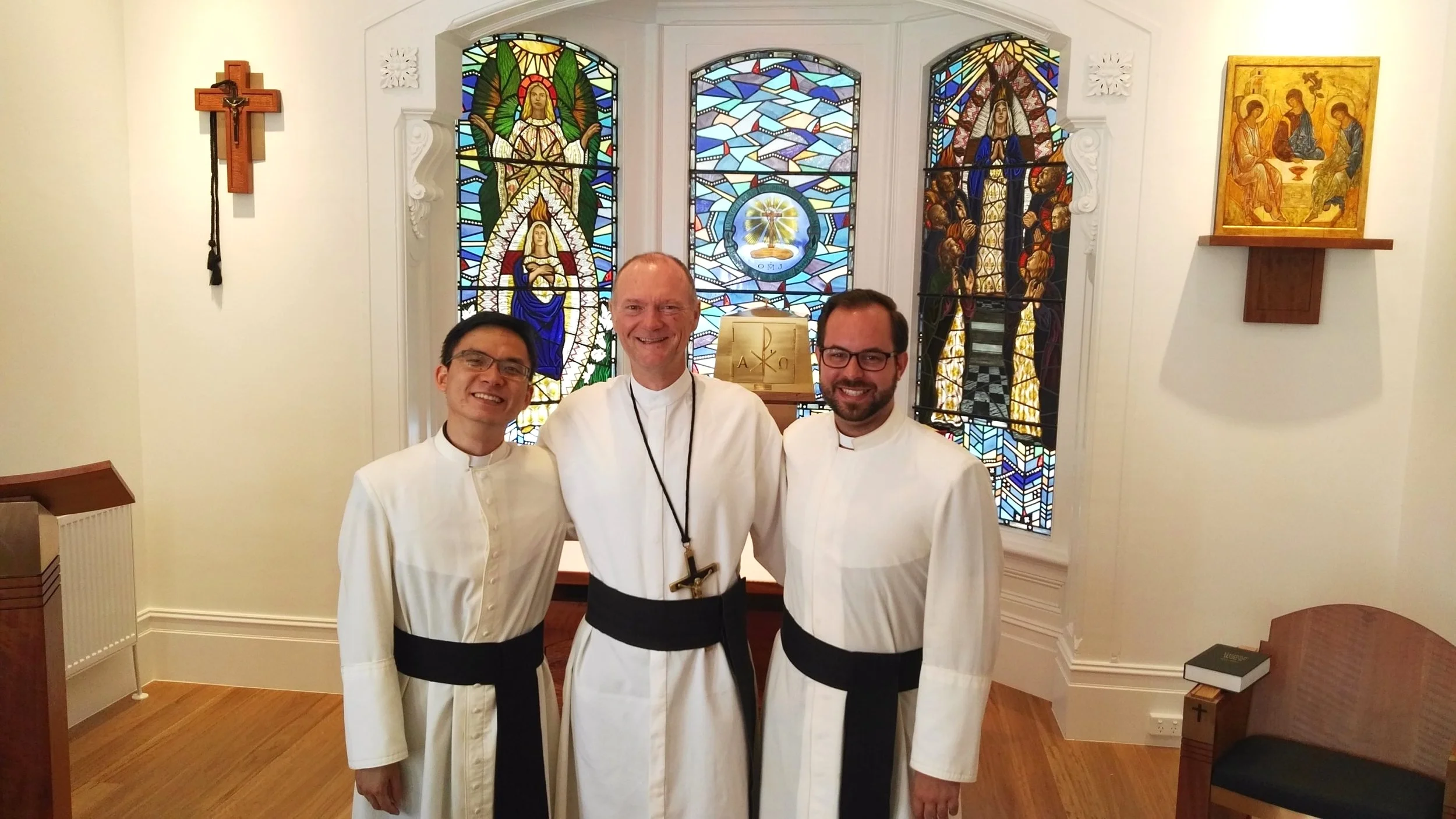Reflection
The Oblates of Mary Immaculate are celebrating 125 years of serving the Church in Australia. It is an opportunity to give thanks for the past, to acknowledge the many blessings in our Province today and to prepare for another 125 years of service in Australia. The De Mazenod Family Gathering is an opportunity to build and strengthen connections between the Oblate ministries and explore structures for a Lay Association. Please keep the De Mazenod Family Gathering (14-18th August) in your prayers and continue praying for Vocations to the Priesthood and Religious life.
The following reflection is part of this journey, a series of reflections on our history written by Fr Austin Cooper OMI.
The Fremantle Story:
From 1850 until 1867 the Benedictines provided pastoral care for Fremantle Catholics. They were then replaced by diocesan clergy. The local Baptismal Register from 1852 indicates that sacraments were administered in ‘St. Patrick’s Church’, evidently a make-shift edifice. It was not until 1860 that the Catholics, now numbering about 250, erected a lime-stone Church dedicated to St. Patrick. By this time, they had also built a presbytery and in 1855 welcomed the Sisters of St. Joseph of the Apparition.
In 1893 Fr William Ring OMI, a friend of Bishop Mathew Gibney of Perth, arranged for the Oblates to come to Western Australia and in 1894, the Provincial of the British Province, Matthew Gaughren accompanied two younger priests, Roger Hennessy and Daniel O’Ryan, both aged 27, to Fremantle. The Provincial remained as Parish Priest of Fremantle for the first year, a clear indication of the Oblate commitment
Daniel O’Ryan’s surviving letters offer glimpses of the scene: Catholics were ‘for the most part poor working people’ and their Church was ‘liable to be blown away during any storm’. He pictures small scattered clusters of Catholics in Coogee, Hope Valley and Rottnest Island. Closer to the centre, North Fremantle and Beaconsfield needed Churches.
The mission was challenging enough for the three Oblates, yet it also had its limitations: it was described in the Founder’s Journal as being to ‘attend to the spiritual wants of the Catholics between Fremantle and Claremont.’ There was no mention of evangelization of the whole colony or any outreach to the Aborigines. It was to remain a distant appendage to the home province and for many a 19th century Oblate it did not seem especially ‘missionary’ like their brothers labouring among Eskimos or Zulus.
Yet every pastoral care has a ‘missionary’ quality about it. Fremantle was no exception. Not only was the church in a sad state, but their (apparently handsome) residence needed urgent repairs and was barely furnished. We are fortunate to have a long letter from a parishioner, Mrs J. Townsend, giving a warm appreciation of the three Oblates: they were ‘young men – all Irishmen – good preachers – strong active men – who have made things boom here.. …..Fr Gaughren delivered a course of sermons on Catholic Doctrine. I had a summary made of these and had them published in the Daily Times.’ These Oblates were certainly not lacking in missionary zeal.
When the Provincial returned home his place was taken by Fr Thomas Ryan, then aged 37. Fr Ryan is to be credited with the vision and energy to commence the present Church, though circumstances prevented its completion. Designed by Michael Cavanagh, it is a fine local example of the revival of gothic architecture so popular in the nineteenth century. The beauty of a Church and its furnishings has always been a means of imparting a sense of the beauty of the Catholic faith and the beauty of the unseen God.
